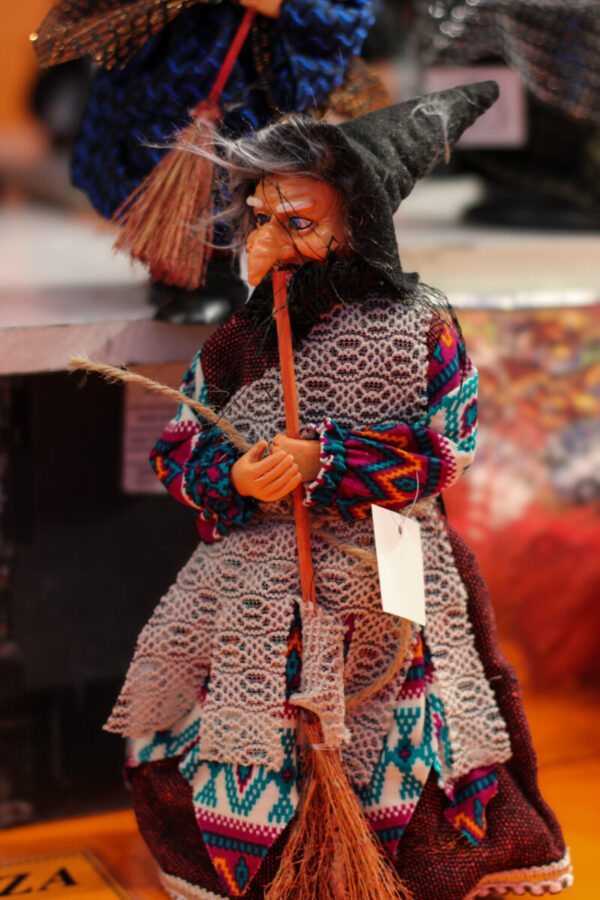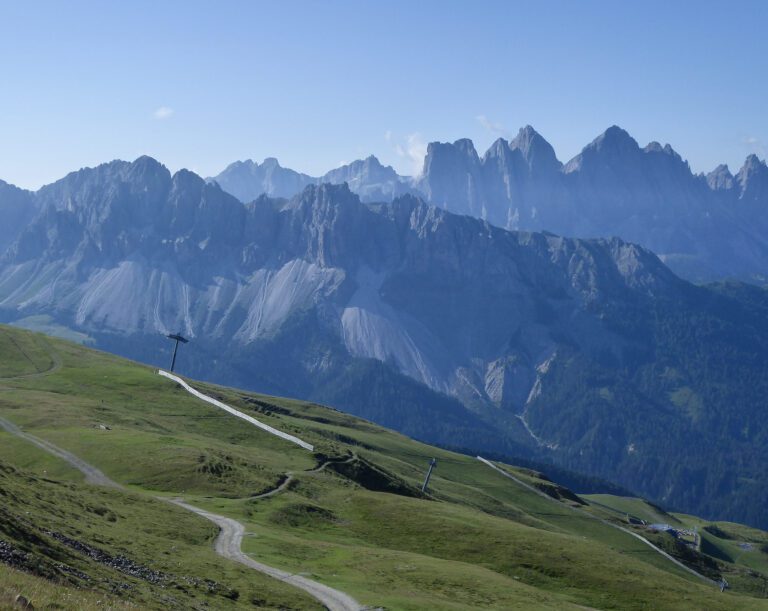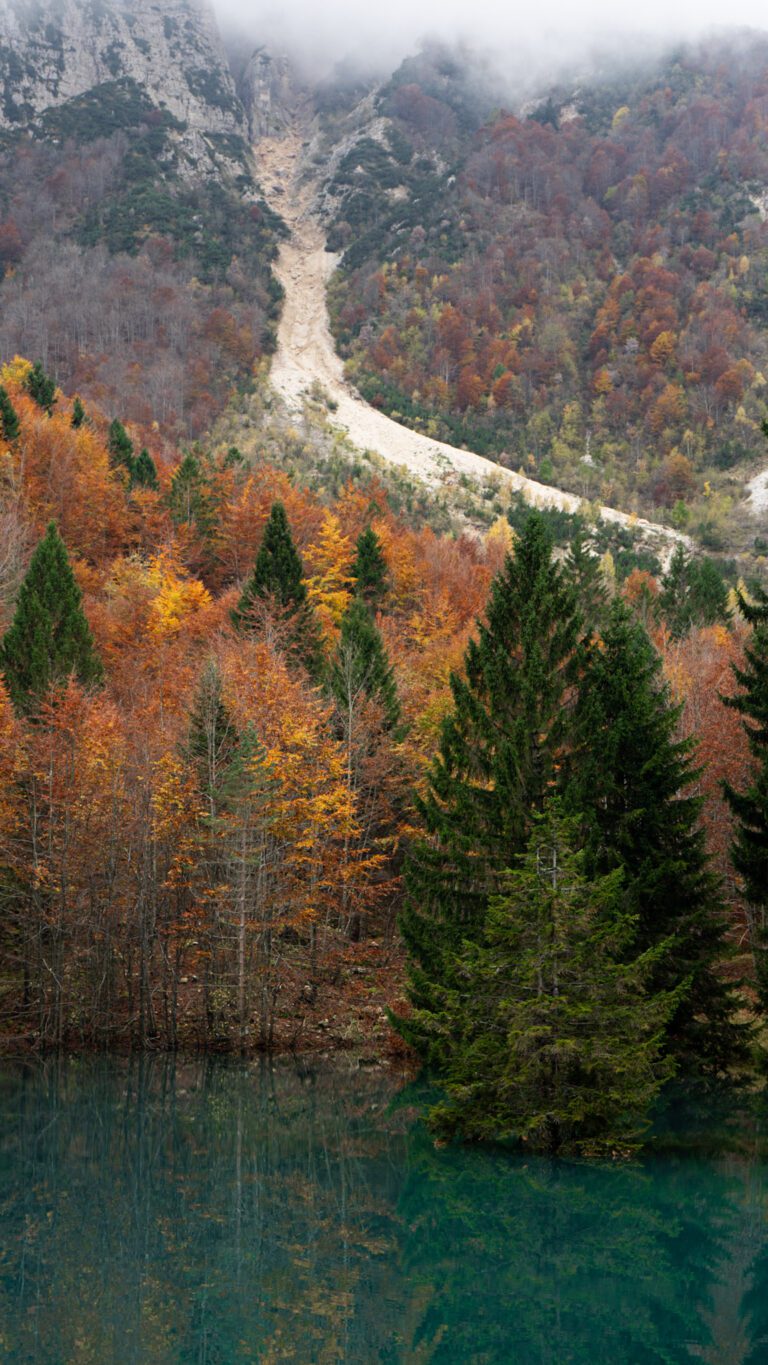Befana: Unveiling an Exciting Tradition of Epiphany in Italy
Italy, a country renowned for its rich cultural heritage has a unique way of celebrating Epiphany that captivates hearts young and old. At the heart of this tradition is the mystical figure of Befana, a beloved character with a story that weaves together folklore, festivity, and a touch of enchantment.
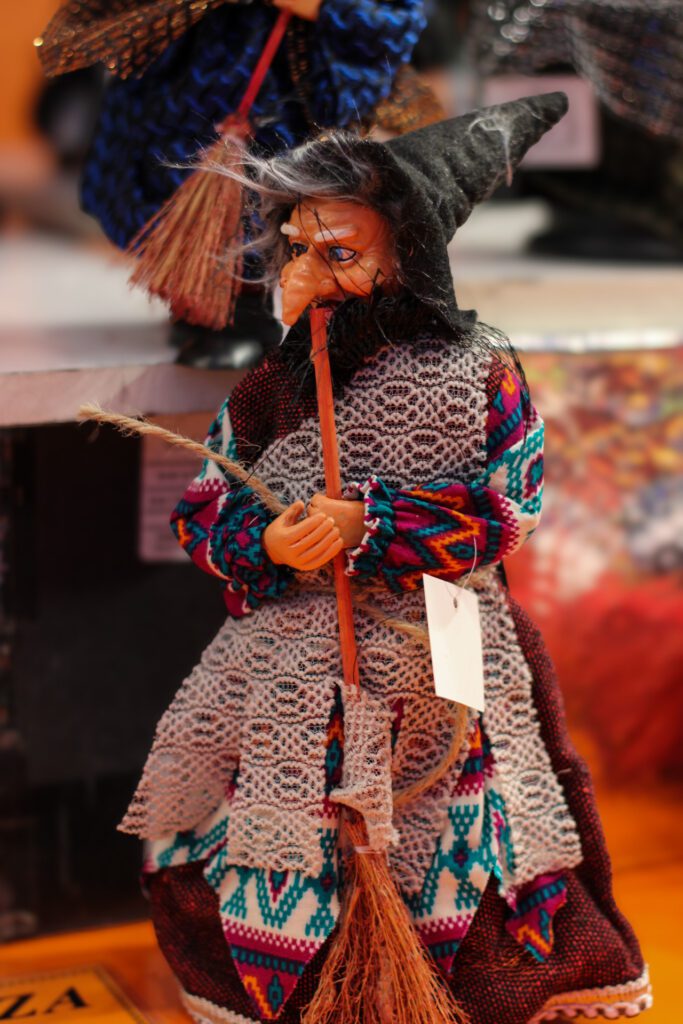
Befana Origin and Legend
I love a good legend, and this one is great. Legend has it Befana was an old woman who was visited by the Three Wise Men on their journey to find the newborn Jesus. While they asked her for directions and invited her to join them, she declined, busy with household chores. Later, she regretted not joining the journey and set off to find the Christ child, armed with gifts for the infant.
Fun fact while doing my research for this, I found out that there are many towns, especially in southern Italy that believe in putting a broom outside their house this time of year to chase away any witches who might try to gain access to their home. Wild to some, this is a part of Italian culture that is pretty interesting.
Epiphany Eve Festivities in Italy
Fast forward to today, and Epiphany Eve, known as the night of the 5th of January, marks a time of joyous celebrations across Italy. Families come together, sharing festive meals and eagerly awaiting the arrival of Befana. In towns and villages, lively processions and parades fill the streets, creating a magical atmosphere that resonates with the spirit of the season.
In Vicenza, the city hosted a Mercato dell’Epifania, which brought together vendors from Emilia, Lazio, Lombardy, Piedmont, and Tuscany. You’ll find many types of foods like Fritella, Crepes, Vin Brule, housewares, stockings with Befana stitched on them, and traditional candies to give the kids (or adults, we can participate in this too). My favorite element to this was purchasing my very own Befana that I can hang up in my kitchen. scaccia guai, one who “chases away troubles” with her handy broom.
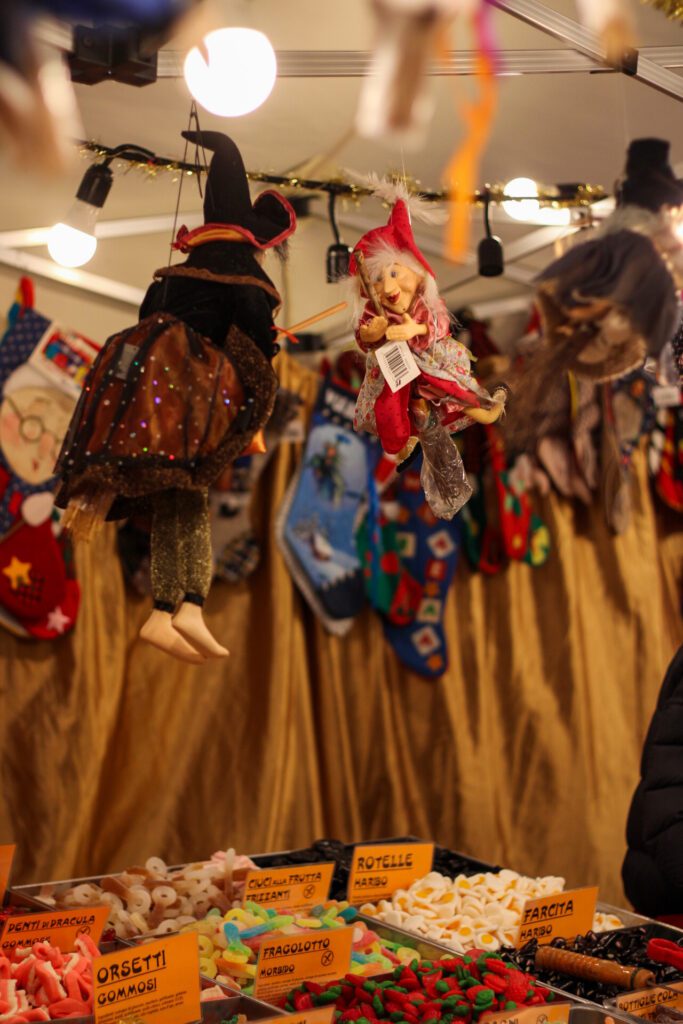
The Symbolic Gifts of Befana
Befana, often portrayed as a kindly old witch riding a broomstick, is the bearer of gifts for children. Much like Santa Claus, she enters homes through chimneys, leaving small presents and sweets for well-behaved children. However, for those who haven’t been on their best behavior, a piece of coal might find its way into their stockings. You’ll be happy to know that the “coal” that is left behind is typically a sugar-coated caramel candy of some sort. It’s a playful blend of reward and mischief that adds to the allure of this age-old tradition. Many Italian cities host Befana parades, with women dressed up as the old witch in her soot-covered shawl, singing and handing out candy to children.
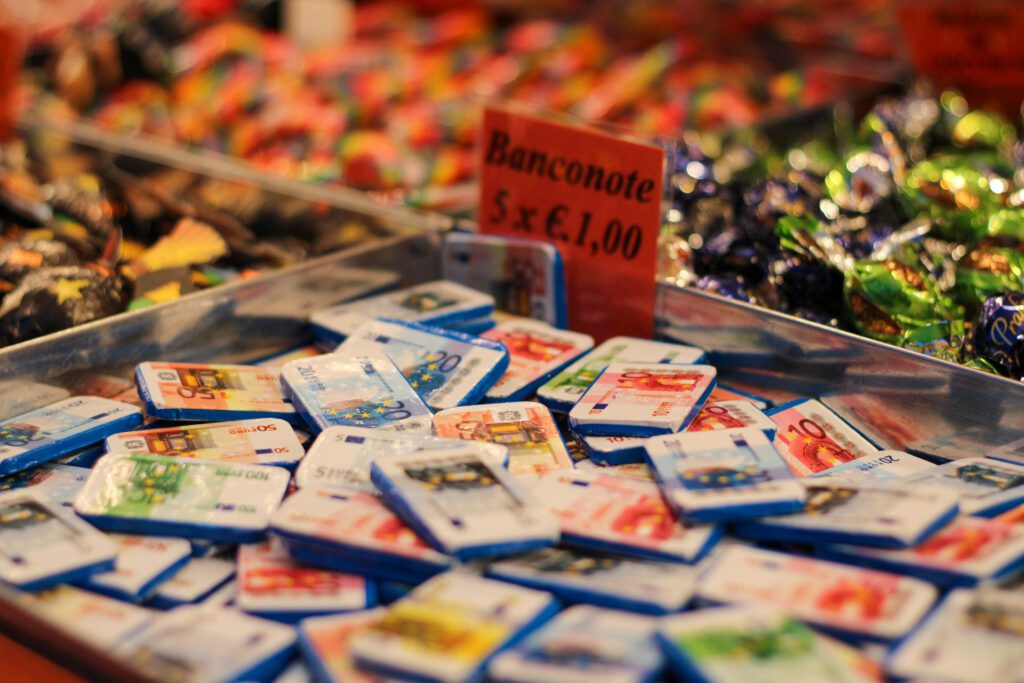
Befana’s Influence on Italian Culture
Beyond the surface-level festivities, Befana has become a cultural icon in Italy. Befana imagery is embedded in art, literature, and even songs passed down through generations. The tale of Befana is not just a story but a cultural touchstone, connecting Italians across time and geography. Have you heard the song about Befana?
“La Befana vien di notte” or The Befana Comes at Night”
La Befana vien di notte
Con le scarpe tutte rotte
Col vestito da romana
Viva viva la Befana!
Recipes and Delicacies Associated with Befana’s Celebration
No Italian celebration is complete without indulging in delicious treats, and Befana’s Day is no exception. Traditional sweets like “panettone” and “pandoro” take center stage, along with regional specialties. Families come together to savor these delights. By the way, Pandoro is my favorite, you can’t go wrong with it!
In Italy during the Epiphany? Always check city websites so you can join in on the fun! Here is Visit Italy’s Official Website Visit Italy
Conclusion
This tale of Befana is a part of Italy’s rich history and is woven into its cultural heritage. It’s a celebration you can’t miss!
Want to read more about Italy?
A Deep Dive into Venetian Culture with Devour and Walks Tours

